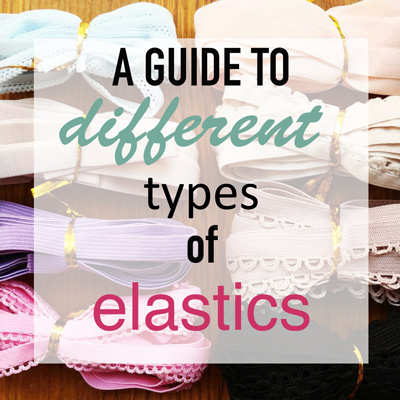Come eseguire l'ispezione elastica degli indumenti?
Garments Elastic Inspection consiste nel verificare quale tipo di elastico utilizzare, lunghezza e larghezza dell'elastico da utilizzare e come viene utilizzato nei capi.
Esistono tre tipi fondamentali di elastici: intrecciato, tessuta e lavorata a maglia. Questi si riferiscono al modo in cui i fili sono assemblati, e i diversi metodi di costruzione conferiscono agli elastici risultanti proprietà diverse. Quindi che tipo di elastico usare è la prima cosa da considerare.

One important thing for Elastic is length of elastic used in the size of garment. You should consider both the relax length and extended length. Then grade elastic length according to garment sizes.
The other important thing to consider with elastic is the width. Because elastics come in all kinds of widths, da 1/4 inch to 3 inch and up. Your pattern will typically specify which width of elastic to use. tuttavia, in general thinner elastics are used for things like swimwear and necklines, while wider elastic is used for waistbands for skirts and pants.
Garments Elastic Inspection checklist
- Elastic, Ribbing or Stings must extend to the fullest width of the fabric without stitches breaking or binding on the body.
- Tunneled elastic must be stitched down or tacked to prevent twisting and rollover.
- Strings, laces and other ties must not constitute a strangulation hazard.

